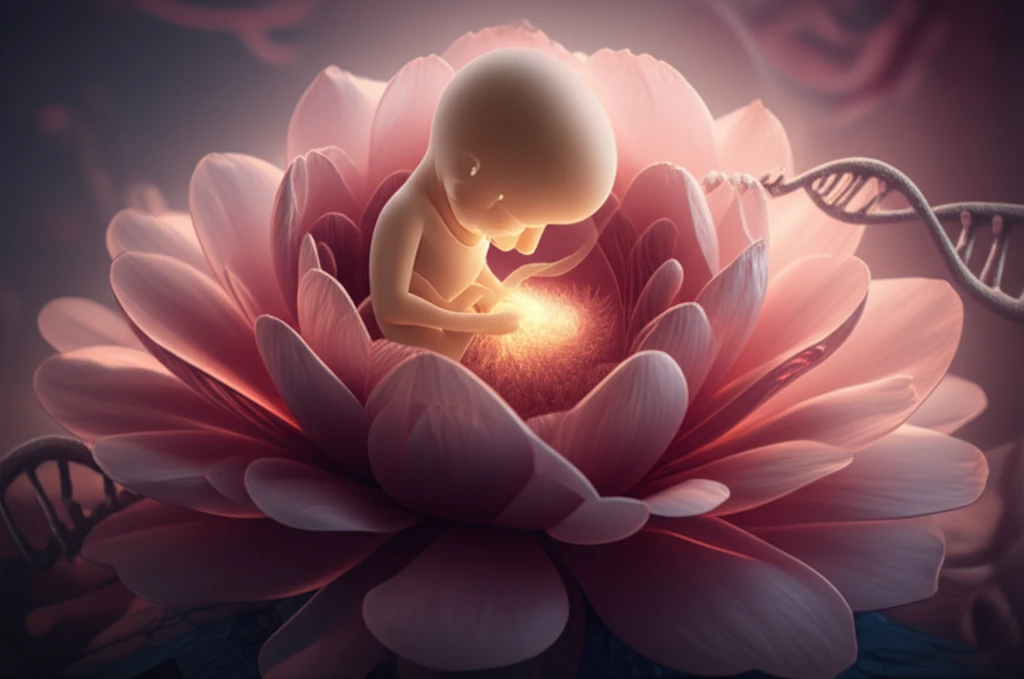
Unlock Your Fertility Potential: Proven Strategies for Embryo Selection and a Healthier IVF Journey
"A Comprehensive Guide to Optimizing Your Chances of Success Through Advanced Embryo Assessment and Careful Timing"
For individuals and couples navigating the complexities of In Vitro Fertilization (IVF), the journey can be both physically and emotionally demanding. With advancements in reproductive technology occurring at a rapid pace, understanding the key factors that influence IVF success is crucial. This article synthesizes findings from recent studies to provide a comprehensive guide to optimizing your fertility potential.
We'll explore the critical role of embryo selection, delving into both traditional morphological assessments and cutting-edge genetic screening techniques. Additionally, we'll examine the impact of timing, from meiotic spindle positioning to the synchronization of embryo transfer with the natural cycle. By understanding these elements, you can empower yourself to make informed decisions and improve your chances of a successful IVF journey.
Whether you're just starting to consider IVF or are looking for ways to enhance your current treatment plan, this guide offers evidence-based strategies to help you on your path to parenthood. Together, let's unpack these insights and transform complex research into actionable steps for a healthier, more successful IVF experience.
How Does Embryo Morphology Impact IVF Success?

Traditional morphological assessment has long been a cornerstone of embryo selection in IVF. This method involves visually evaluating embryos under a microscope, assessing factors such as cell number, symmetry, and fragmentation. The goal is to identify embryos with the highest potential for implantation and development. However, recent research sheds light on the correlation between morphological grading and genetic health.
- Higher Euploidy Rate: Excellent morphology is associated with a higher chance of chromosomal normality.
- Morphology Isn't Everything: Even embryos with poor morphology can be euploid and have the potential for successful implantation.
- Comprehensive Assessment: Combining morphology with other assessment techniques can improve embryo selection.
Optimize Your IVF Journey
By understanding the interplay between embryo morphology, genetics, and timing, you can work closely with your fertility specialist to create a personalized treatment plan that maximizes your chances of success. Remember, every individual's journey is unique, and with the right knowledge and support, you can navigate the path to parenthood with confidence.
